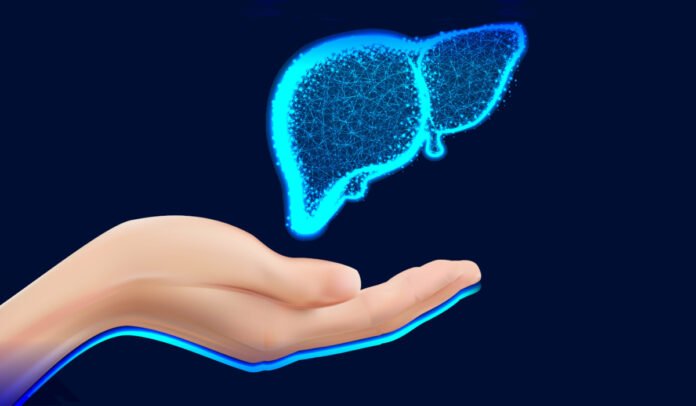Fatty liver disease, once considered rare, has become alarmingly common in recent years. In India, where sedentary lifestyles and carbohydrate-heavy diets dominate, the condition is increasingly prevalent. Despite rising awareness, myths and misconceptions about fatty liver still persist, delaying diagnosis and treatment. From believing only alcohol causes it to assuming it is harmless, misinformation can prove costly.
Here are 10 myths you need to stop believing about fatty liver disease.
Myth 1: Only Alcoholics Get Fatty Liver Disease
Fact: While heavy alcohol intake can cause Alcoholic Fatty Liver Disease (AFLD), the more common concern today is Non-Alcoholic Fatty Liver Disease (NAFLD). NAFLD affects those who drink little or no alcohol and is strongly linked to obesity, type 2 diabetes, insulin resistance, and high cholesterol—conditions on the rise in India.
Myth 2: Fatty Liver Is Always Caused by Eating Fat
Fact: It is not dietary fat alone but refined carbohydrates and added sugars, especially fructose, that are major contributors. Staples like white rice, fried snacks, processed foods, and sugary drinks overload the liver, which converts excess glucose into fat.
Myth 3: Fatty Liver Is Harmless
Fact: Fatty liver in its early stages can be reversible. But if neglected, it may advance to Non-Alcoholic Steatohepatitis (NASH), where inflammation damages liver cells. This can eventually cause fibrosis, cirrhosis, or even liver cancer, making NAFLD one of the leading causes of liver transplants worldwide.
Myth 4: Fatty Liver Always Shows Symptoms
Fact: Fatty liver is often silent. Many patients do not notice symptoms until the disease has progressed. Some may feel fatigue, abdominal discomfort, or indigestion, but regular check-ups and liver function tests (LFTs) are the most reliable way to detect it early.
Myth 5: Only Overweight People Get Fatty Liver
Fact: Obesity is a risk factor, but lean individuals are not immune. Lean NAFLD is increasingly reported in South Asians, where genetics, poor diets, and sedentary habits play a role. Even those who look slim can have unhealthy metabolic profiles.
Myth 6: Fatty Liver Cannot Be Reversed
Fact: In its early stages, fatty liver can often be reversed with lifestyle changes. Adopting a balanced diet, exercising regularly, losing 5–10% of body weight, and managing blood sugar and cholesterol are proven strategies.
Myth 7: Medicines Are Always Needed for Treatment
Fact: There is no magic pill for fatty liver. Most experts recommend lifestyle modifications before turning to medication. In advanced cases, drugs may be prescribed, but prevention and reversal largely depend on diet and exercise.
Myth 8: Children and Teenagers Don’t Get Fatty Liver
Fact: Childhood obesity and poor eating habits have made NAFLD a growing concern in children and adolescents. High intake of junk food, lack of physical activity, and increasing screen time are fuelling early-onset fatty liver.
Myth 9: Fatty Liver Is Rare in India
Fact: Studies show that 25–30% of India’s urban population may already have NAFLD, making it a silent epidemic. Rising cases of diabetes and obesity further amplify the risk. Rural areas are also catching up as dietary habits change.
Myth 10: If You Feel Fine, There’s No Need for a Check-Up
Fact: Because fatty liver is often asymptomatic, skipping regular health screenings can be dangerous. Routine health check-ups, ultrasound scans, and liver function tests are essential, especially if you have risk factors like diabetes, obesity, or a family history of liver disease.
In Conclusion
Fatty liver disease is far more common and serious than most people realise. The good news is that it is also preventable and, in many cases, reversible when detected early. Breaking away from myths and relying on medical advice is crucial. If you fall into high-risk categories, consult your doctor, undergo routine screenings, and take proactive steps to protect your liver health.






















